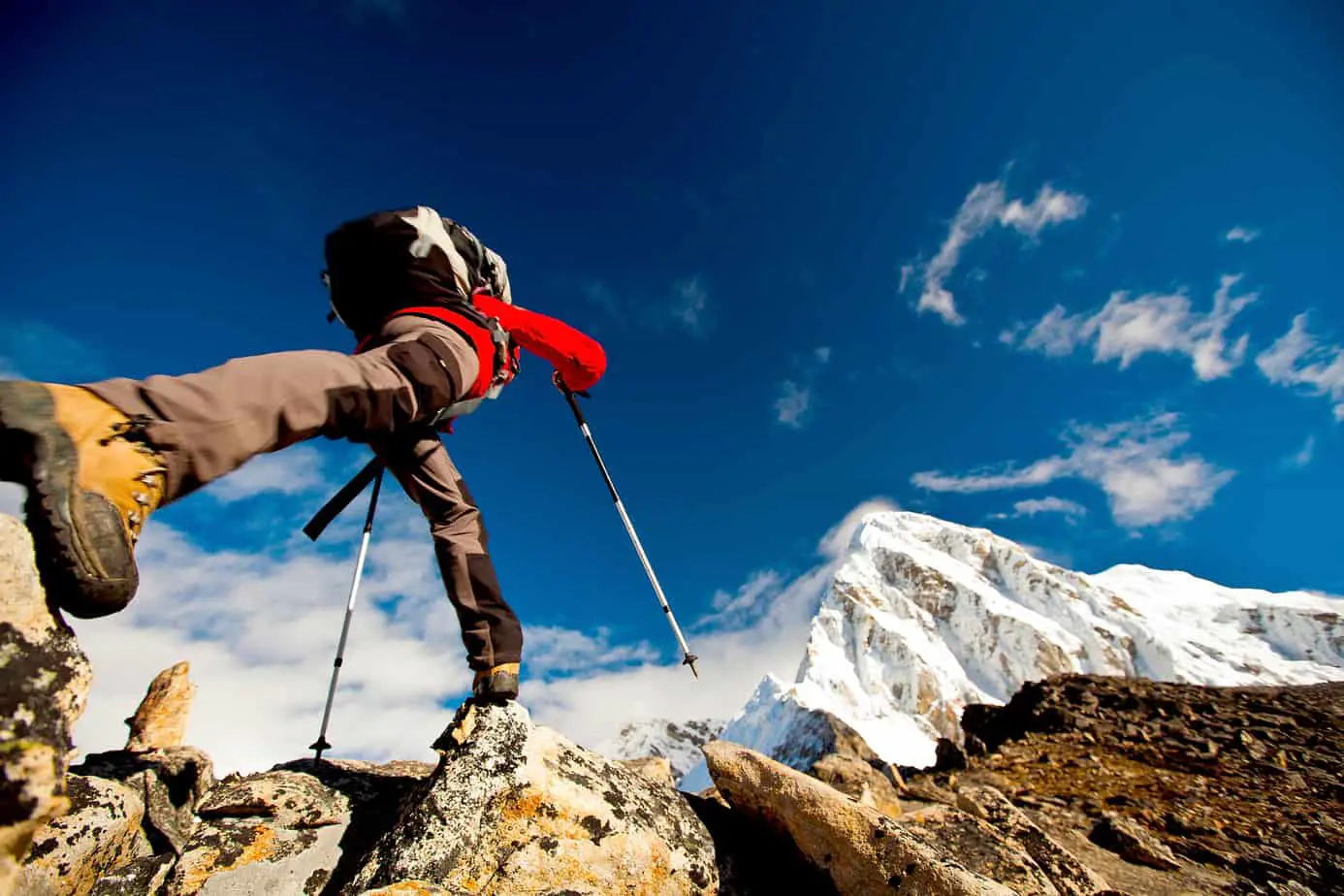
What’s the best way to motivate scouts on a long hike? Some recent research just might have the answer.
The hardest question to answer on a hike or trip is “Are we there yet?” Because what the scouts are really saying is, “I’m tired, and I’m not having fun right now.” Like most trip leaders, I’ve tried every answer I can think up, but have not been able to find a one-size-fits-all answer. How do I encourage them? How do I help them pace themselves? Recent research has shed light on the underlying problems, and when applied to scout trips, gives insight into how to best answer this question.
Novice Leadership: My Best Guess
As a young scoutmaster I first focused my efforts on encouraging the boys to hike to the next rest point. “We’ll take a break in 10 minutes”, or “We’ll take a 5 minute break at the top of the next ridge.” This worked temporarily, but on a 10 or 20 mile hike it got rather old. The boys became dependent on me for morale, which only exhausted me and didn’t help them at all.
With a little experience under my belt, I switched to pointing out intermediate landmarks on the map. “When we get to this lake, we will be half way.” The next question was “How long til we get to the lake?” And often my estimates were wrong because after all, they were estimates. “You said we’d be to the lake in 20 minutes. That was 40 minutes ago.” So the boys were frustrated, and so was I.
Technical Solution: GPS
To reduce the margin of error in my estimates, I purchased a GPS. I punched in our destination, hung it from my pack, and started hiking. When the boys asked, “When are we going to get there?” I pulled out the GPS and gave them a very exact answer, “The campsite is 2.65 miles away. If we maintain our current pace we will be there in 1 hour, 15 minutes, and 43 seconds.” This was my favorite answer for many years. The gps saved me from many a mutiny, and I highly recommend picking one up. Many times though, our trips were made without GPS or without GPS reception (thick forests, steep canyons, etc.)
A Little Psychology: Overestimating
On one such trip, I stumbled across a very effective solution to the “Are we there yet?” question. We were actually only about a mile from our destination, but I pointed to a distant peak about 3 miles away and said, “See that peak? That’s where we’re camping tonight.” The troop’s angst was palpable. But they could see the goal, so they took it all in and pressed forward. They were surprised – no, they were elated – when just a mile down the trail I dropped my pack and announced that we had arrived at our actual destination. No one was upset with my joke. I was actually quite the hero for a few moments. It seemed that the best solution – from a morale perspective – was to overestimate the distance.
The Latest Research: Return Trip Effect
So I read with great interest about a recent study which shed light on what the authors called “The Return Trip Effect”. It’s the same issue we face on hiking and backpacking trips: the hike to a place always seems longer than the hike back.
Conventional wisdom used to be that this “return Trip Effect” was related to the increased familiarity of the landscape on a return trip. Research found that this was not true. The reason a first time trip seems longer is because of the human mind’s strong tendency to underestimate distance and time.
Researchers studied round trip trips taken by 350 different individuals. They found that participants experienced the return portion of the trips as being 22% shorter than the first half of the trip. Was it the familiarity of the route? No. Even when some participants were sent back along different, but equidistant routes, they still felt that the return trip was 22% shorter on average. The difference was that they already had a good estimate of the time and distance required.
Another interesting finding applies well to hiking scouts. A test group was told that the upcoming trip was going to be very long, which led them to experience the trip as taking less time. The “return trip effect” disappeared in these cases, because participants’ expectations were set appropriately. The actual length of the trip matched their properly set expectations of the trip.
The solution for Scout leaders (both adult and youth) is to set expectations clearly up front. And don’t downplay distances, because research shows the heart of the problem is the human tendency to underestimate time and distance. Gradually the boys will learn to calibrate their expectations with distances and elevations based on their growing experiences. Until then, I’m going to err on the side of overestimating a hike’s difficulty, by about 22%.


